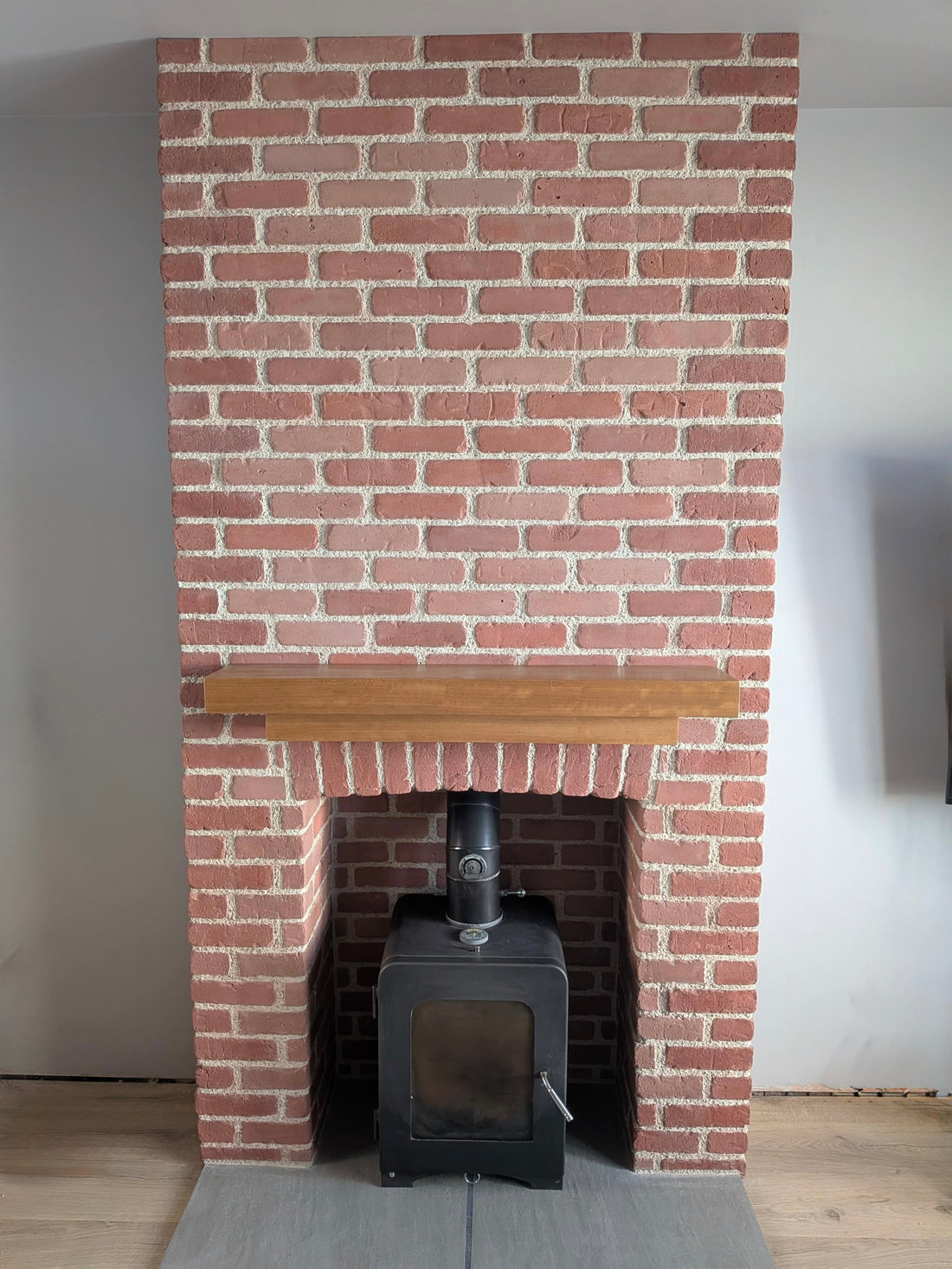Introduction: Old Meets New in Modern Architecture
Architecture has always evolved alongside technology, materials, and cultural trends — yet some elements never go out of style. Brick, one of the oldest building materials in human history, continues to influence the aesthetic of modern spaces.
Today, this traditional material has been reborn in a sleek, lightweight form: brick slips. These thin slices of genuine or manufactured brick are helping architects and designers create structures that honor history while embracing innovation.
The result? A perfect harmony between heritage and modernity.
What Makes Brick Slips So Revolutionary?
Brick slips, sometimes called brick veneers, are designed to mimic the look and texture of full-sized bricks while offering greater flexibility in installation and design. Measuring just 15–25mm thick, they deliver all the charm of traditional brickwork without the structural limitations.
Their evolution represents a shift in architectural thinking — one that priorities efficiency, sustainability, and aesthetics in equal measure.
Honoring Architectural Heritage
For centuries, brick has symbolised craftsmanship and durability. From industrial warehouses to Georgian townhouses, it has defined architectural identity across cultures.
Brick slips preserve that sense of authenticity. Whether used on a historic restoration or a cutting-edge new build, they maintain the tactile beauty of traditional masonry while allowing designers to adapt to modern construction standards.
They’ve become the go-to solution for revitalising old buildings, blending effortlessly with existing materials and structures.
The Modern Edge: Innovation and Flexibility
Brick slips fit seamlessly into the fast-paced demands of modern architecture. Their slim profile makes them ideal for:
-
Urban developments where space and weight are at a premium
-
Modular construction and prefabricated building systems
-
Interior statement walls that add texture without bulk
-
Energy-efficient façades that meet today’s sustainability goals
Because they can be fixed onto a range of surfaces — including steel, timber, and insulation panels — they open up creative design possibilities previously limited by traditional brickwork.
Sustainability: A Modern Priority
Sustainability sits at the heart of contemporary design, and brick slips align perfectly with that vision.
-
Resource Efficiency: Less material means reduced waste and lower production emissions.
-
Lightweight Transport: Their slim form cuts down on shipping costs and carbon footprint.
-
Durability and Longevity: Brick slips require minimal maintenance and age beautifully, reducing lifecycle costs.
For eco-conscious architects, this makes brick slips not only a visual choice but also a strategic sustainability solution.
Aesthetic Versatility
Today’s architecture blends materials to create contrast, depth, and identity. Brick slips make this easy, offering a wide range of colours, textures, and finishes — from reclaimed rustic reds to sleek graphite greys.
Whether you’re designing a minimalist city apartment or a countryside retreat, brick slips can be tailored to reflect personality and place, balancing the rawness of brick with modern sophistication.
Why Brick Slips Represent the Future
The rise of brick slips reflects a broader trend: the desire to connect timeless design values with modern innovation.
In a world moving toward prefabrication, energy efficiency, and adaptable construction methods, brick slips embody the future of building design — lightweight, sustainable, and endlessly customizable.
They prove that architecture doesn’t have to abandon tradition to evolve — it just needs to reinterpret it.
Conclusion: Building Tomorrow with the Beauty of Yesterday
Brick slips are more than a trend — they’re a symbol of architectural evolution. By merging the charm of historic brickwork with the efficiency of modern systems, they allow us to build spaces that feel rooted yet forward-thinking.
From the walls of modern homes to the façades of urban landmarks, brick slips are quietly revolutionising how we think about texture, tradition, and timeless design.

